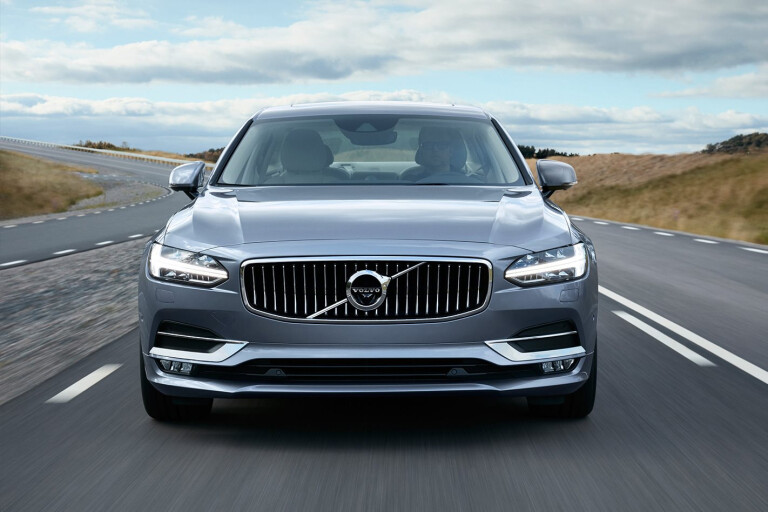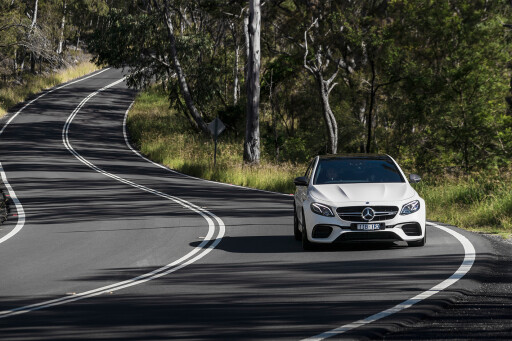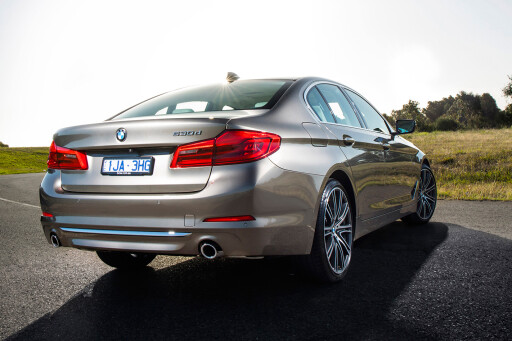
THE race is on to prepare Australia for cars that can almost drive themselves, with separate announcements in both Sydney and Melbourne last week revealing new autonomous technology trials.
The Sydney announcement centred on the State Government leasing a Volvo XC90, a luxury SUV that has several driver assistance systems built into it to help owners more safely navigate city streets.
Meanwhile, in Melbourne, Volvo, BMW and Mercedes-Benz teamed up to officially kick off a two-year trial looking at driver-assist technology to see if the state needs to change any of its on-road infrastructures to better support it.

The Melbourne trial will start with Level 2 assistance, meaning the driver will need to keep a hand on the wheel at all times while the vehicle helps with accelerating, braking, and keeping clear of other vehicles. The NSW trial, however, will fit the Volvo with extra equipment to allow what is likely to be a higher level of driver assistance.
Details of the Sydney trial are expected to be locked in over the next four weeks.
The Melbourne trial, meanwhile, will initially be limited to a northern stretch of the Transurban-owned CityLink toll road – the city’s busiest stretch of road – before extending to the Monash corridor in the city’s east late this year
The Melbourne trial will also gauge how drivers behind the wheels of conventional cars interact with the increasingly autonomous ones.
“We are building new freeways, but we actually need to set the standards so that in the future, we have the capacity to see driverless vehicles – which the industry expects within five to 10 years – will actually be on our roads,” Victorian Roads and Road Safety Minister Luke Donnellan said.
The early tests will assess how well the current generation of driver assist technology interacts with our roads, down to the visibility of line markings, and how the community interacts.
However, the state hopes to step that up to the cutting edge of automated driving by the time the trial ends.
But rather than allow the spatially aware cars to mix with conventional ones, the trial is likely to limit hands-free driving to certain lanes on only certain sections of the toll road so that drivers of conventional cars can decide if they want to mingle with the assisted driving ones, and not the other way around.
The vehicles will also be clearly marked to show they are very different to the other cars on the road, and there will always be a driver behind the wheel.

The longer term plan, for Victoria at least, is to also test the public’s reaction to highly autonomous trucks, potentially plying the 70km of freeway between Melbourne and Geelong – but that appears to be much further away.
The roll-out of a new generation of cars with much higher levels of driver assistance is also front of mind for police. Victoria’s police force has launched its own project team to look into the technology and its legal ramifications.
According to Victoria Police Assistant Commissioner Doug Fryer, this will ask questions such as whether police can remotely disable vehicles to stop car chases, and extract data that the vehicles collect about the driver.
And we’re unlikely to see fewer police cars trawling the roads – Assistant Commissioner Fryer believes there will still be a human factor to highly autonomous cars that will need monitoring.
“There is always going to be bad driver behaviour,” he said.
COMMENTS